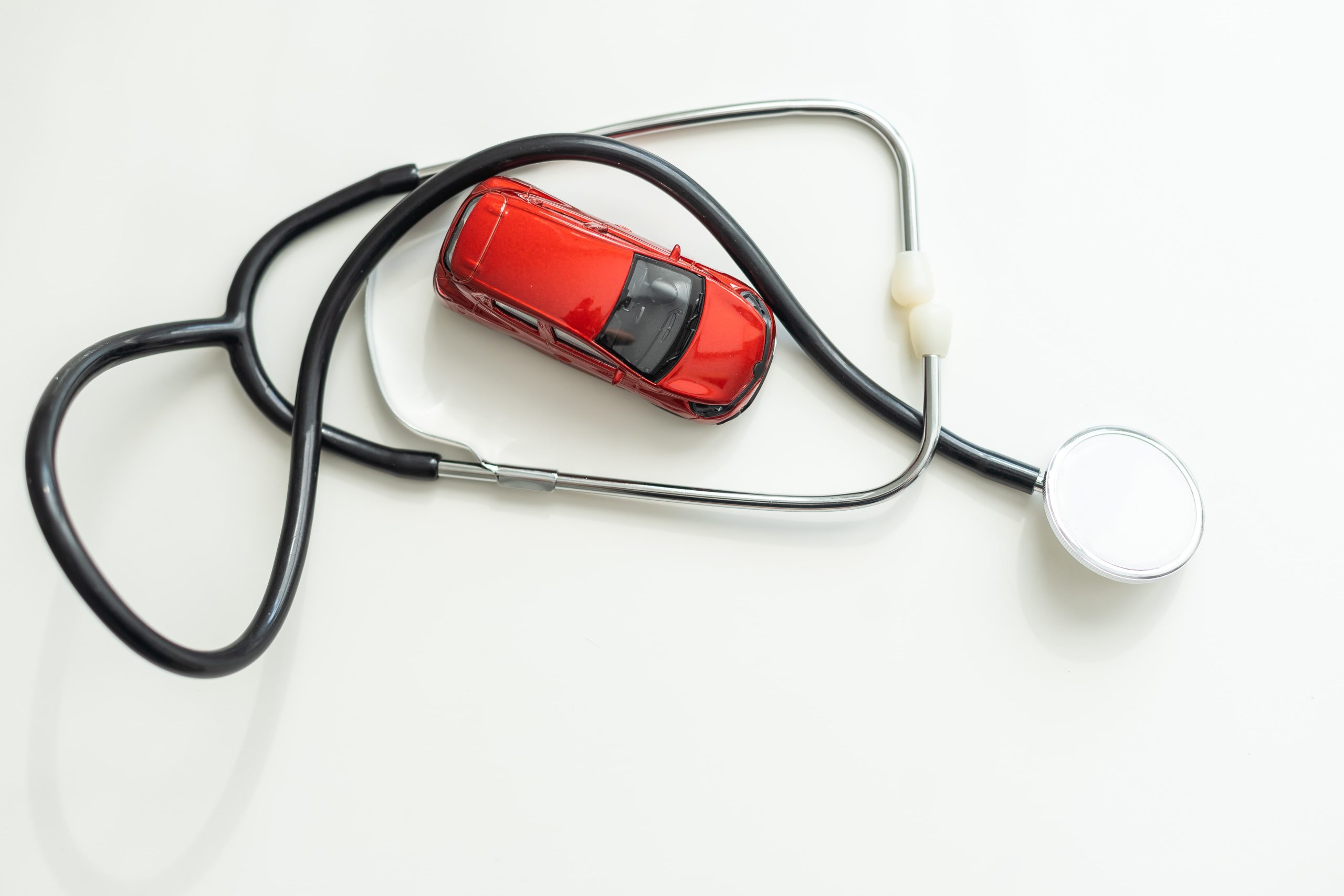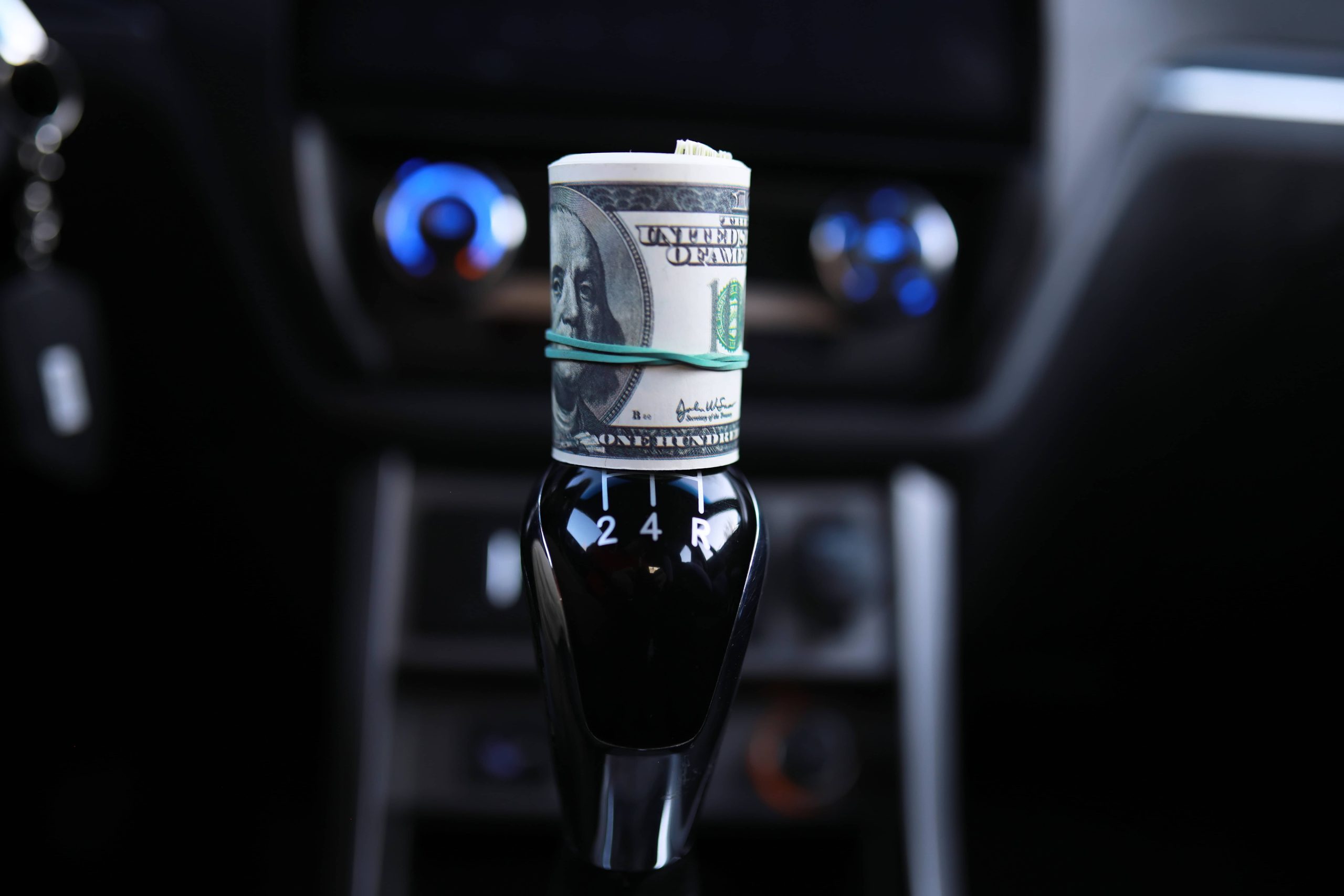Accidents can happen when you least expect them. Whether it’s a fender bender or something more serious, knowing what to do next with insurance can make a big difference. Maintaining your calm and taking the right actions will protect you and even speed up the claims procedure. Time, money, and stress can be avoided by being aware of your insurance coverage and knowing how to respond to the situation.
Worst Case Scenario: You Get Into an Accident. What’s Next?
Your safety is something you should never overlook, especially in a situation like this. In a car accident, get out of the road and find a safe spot. Even for small accidents, report it and receive help by calling 911. Police reports provide helpful documentation later when you file an auto insurance claim. Keep this information for your records.
Gather Information
If other drivers are involved, obtain their contact and insurance details like:
- Name
- Address
- Contact Information
- License Plate
- Auto Insurance Information
Take pictures of the damage. For car accidents, photograph all vehicles and the surrounding area. Detailed photos are valuable evidence.
Notify Your Insurance Company
Contact your insurance company promptly to report what happened. Many providers allow you to start claims by phone, their website, or even a mobile app.
Early reporting helps expedite the process. The initial notification can be brief. Simply state that the accident occurred and that you’ll provide forms and more information soon.
Understanding Your Insurance Coverage
Before filing a claim, review the specifics of your policy. Your coverages and deductible amounts will set expectations for damage reimbursements. Examine the different categories your policy covers. Identify the dollar limits your insurer will pay for covered situations. Keep in mind if you have a lot of questions you may benefit from talking to your insurer directly. They can answer the questions you have specifically with how it relates to your situation!
Deductibles
Your deductible is the amount you pay before your insurance contributes to the claim. For example, with a $500 deductible, you pay the first $500, and the insurance covers expenses above that. Higher deductibles mean smaller claim payouts.
Policy Limits
Coverage limits control the maximum payouts. Property coverage might have a maximum limit. For cars, collision coverage might extend up to the car’s value. Understanding coverage amounts helps you anticipate potential out-of-pocket expenses. Some policies include additional coverage, like gap insurance, so take note of that.
Working with Insurance Adjusters
After you report a claim, your insurance provider assigns an insurance adjuster to investigate. Consider the adjuster an investigator of your damage and case.
The adjuster will usually reach out within 1 to 3 days. Expect an initial phone call. The adjuster will typically call to schedule a convenient time to discuss the situation and inspect the property.
The Adjuster’s Role
Adjusters review all details and figure out damage costs. For vehicles, they inspect to document the incident and damages. In some cases, they also examine incident reports, interview witnesses, and gather other relevant information. All these elements help determine liability.
Providing Estimates
Depending on the claim type, additional data might be necessary. Car damage claims will need repair estimates from mechanics.
These mechanics provide estimates to your adjuster. The estimates can be the basis to know how much money to put on the claim. The insurer considers all details to reach an agreement. There might be negotiation, but collaboration with your provider is important.
Special Considerations When Thinking About How To File Insurance Claim
“No-Fault” Accidents
In no-fault claim systems, each driver uses their own personal protection coverage. This applies regardless of who caused the accident.
State regulations determine processes for submitting vehicle insurance claim requests. Differences depend on whether drivers operate under fault-based laws or in areas where fault isn’t assigned for damages. With vehicle repairs, blame assignment in accidents influences payment distribution.
Minor Car Accidents Without Damage
We may sound like a broken record but even minor incidents benefit from involving authorities to document all actions. Request police to complete official accident reports describing the events, even for seemingly minor accidents.
This helps prevent discrepancies if future reports differ. Collect names and policy details from the involved parties’ carriers. Notify authorities to report issues, even without auto-related damage.
Insurance Claim Deadlines
Time limits for claim payouts vary based on laws and coverage types, impacting when formal auto, personal property, or item claims can be filed. Submit claims promptly and thoroughly, but provide detailed information. Failing to report a claim within the required time frame can get your request declined.
Bottom Line
Handling an accident can feel overwhelming, but knowing the right steps makes it easier to manage. Staying calm, gathering the right information, and contacting your insurance company promptly will help you get through the process smoothly. Understanding your coverage and working with your insurance adjuster ensures you receive the support you need. Taking these steps will help protect you financially and give you peace of mind during a stressful time.









